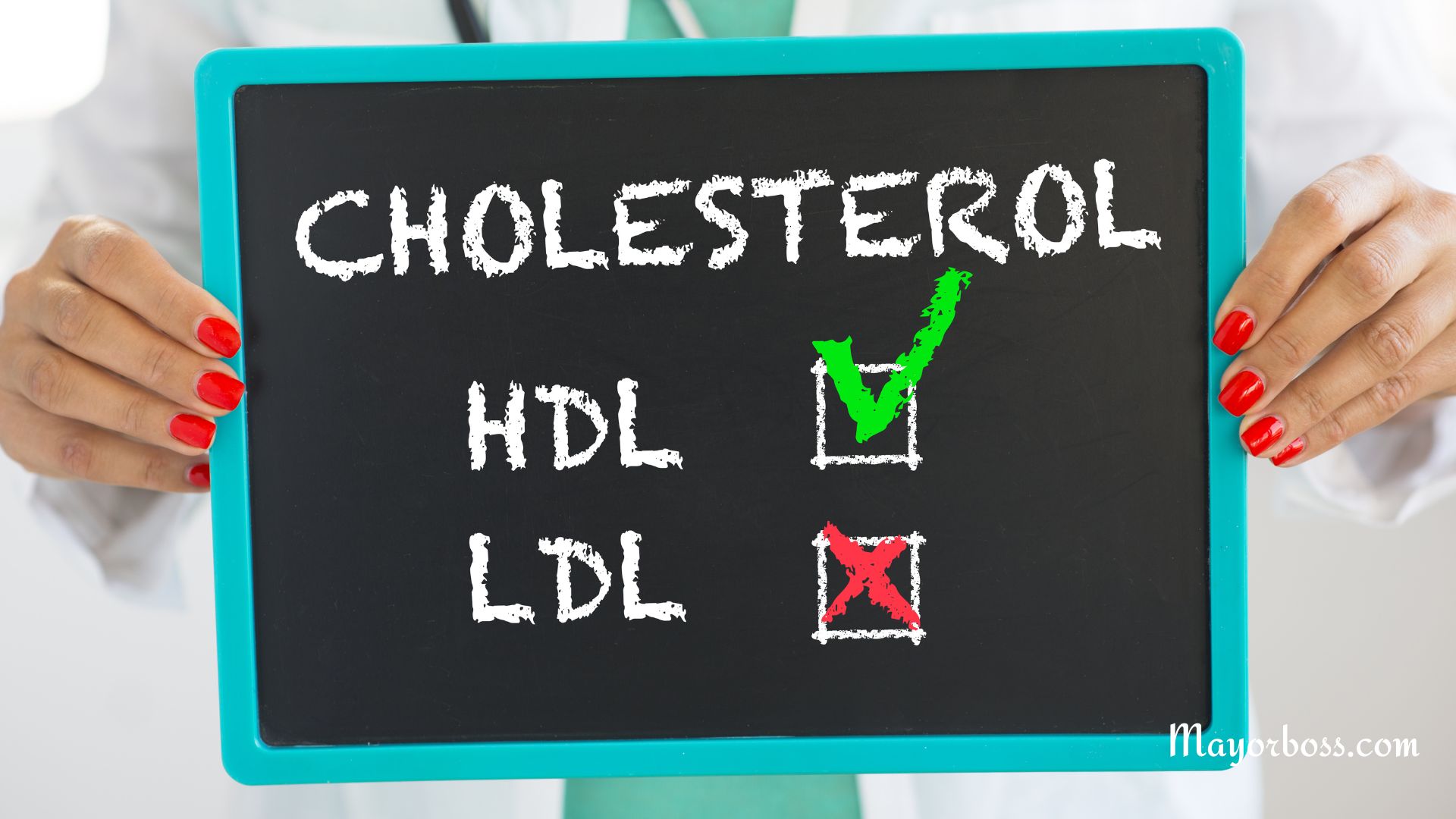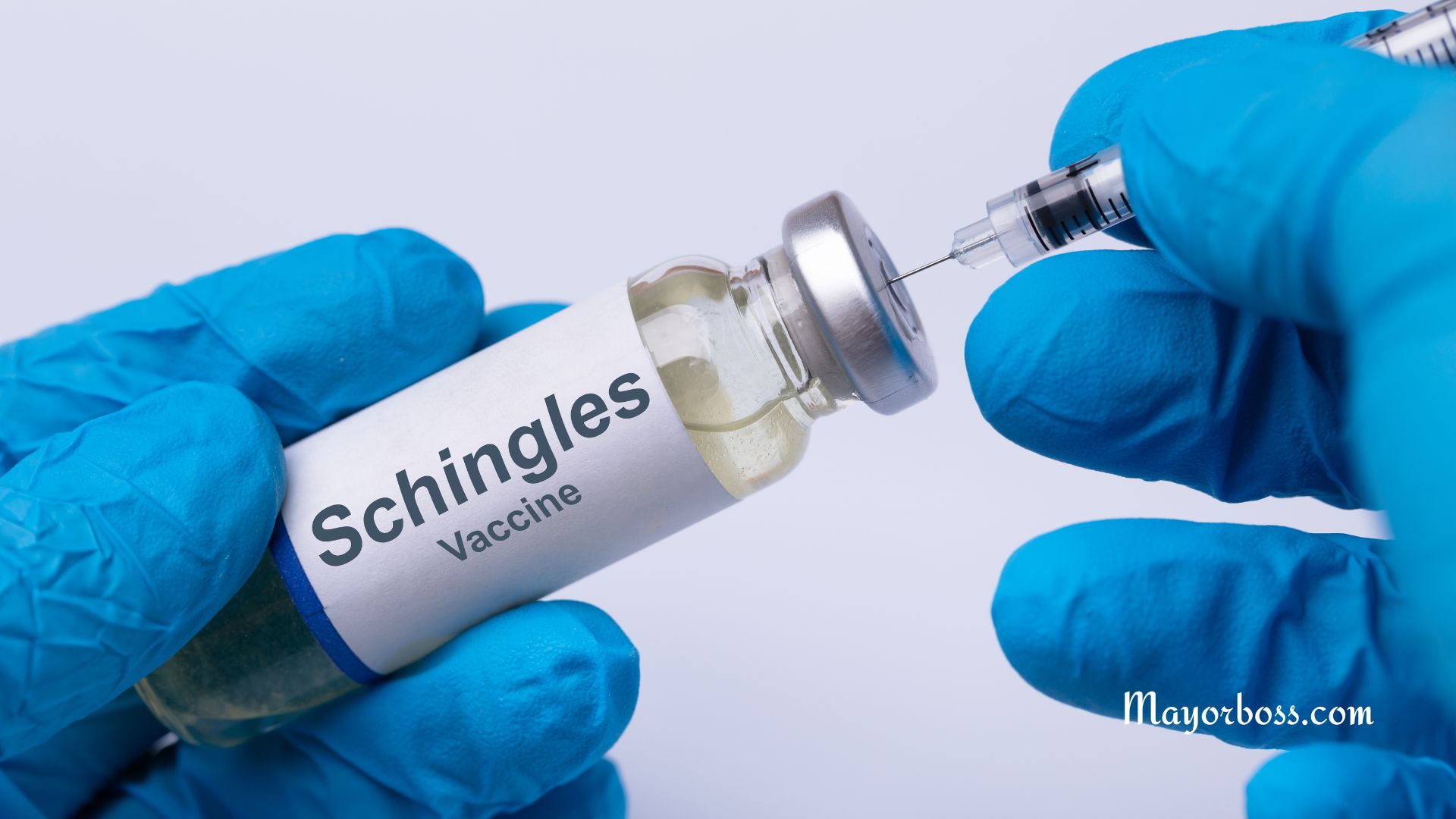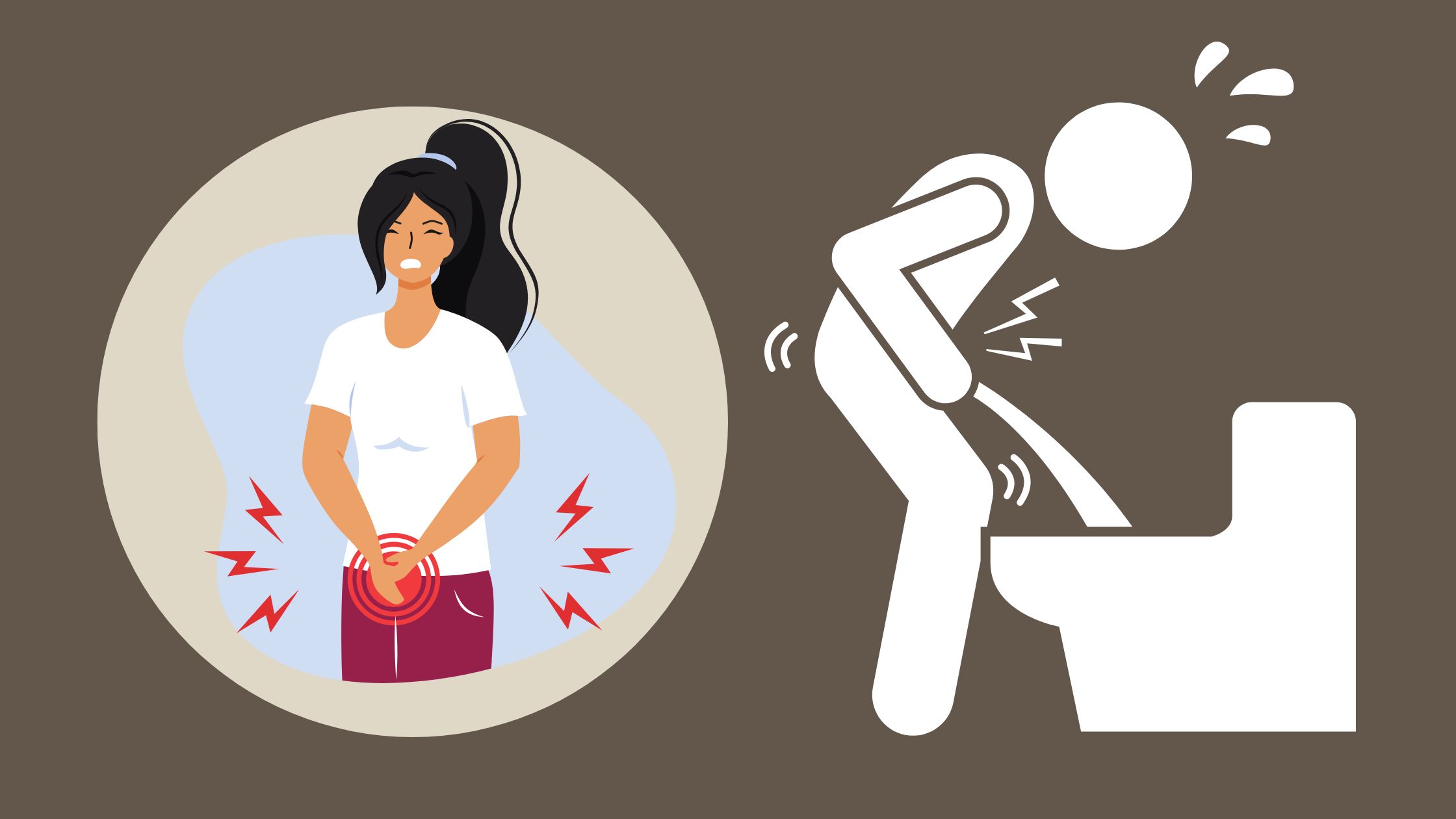Understanding Cholesterol Levels
What is Cholesterol?
Cholesterol is a substance resembling wax and fat present in your body and certain foods. It’s essential for your body’s proper functioning, yet an excess can be detrimental. Cholesterol is categorized mainly into:
- Low-Density Lipoprotein (LDL): This is the “bad” cholesterol. Elevated LDL levels can cause cholesterol to accumulate in your arteries, heightening the risk of heart disease and stroke.
- High-Density Lipoprotein (HDL): Termed as “good” cholesterol, HDL assists in expelling other cholesterol types from your bloodstream. Increased levels of HDL are linked to a reduced risk of heart issues and stroke.

Why Are Cholesterol Levels Important?
Monitoring your cholesterol levels is crucial because high cholesterol typically doesn’t cause any symptoms. In many cases, people don’t know their cholesterol is high until they experience complications, such as a heart attack or stroke. Keeping your cholesterol levels in check can significantly reduce your chance of these severe health issues.
Common Causes of High Cholesterol
High cholesterol can occur from various sources, including:
- Dietary Habits: Consuming foods high in saturated fats (found in animal products) and trans fats (present in certain baked goods and fried items) can elevate cholesterol levels.
- Lack of Exercise: Physical activity helps boost your body’s HDL, or “good” cholesterol.
- Obesity: Being overweight can increase your LDL cholesterol.
- Age and Gender: As you age, your body’s chemistry changes, potentially raising your LDL cholesterol. Men and women have different cholesterol levels.
- Genetics: High cholesterol can run in families.
How to Check Your Cholesterol Levels
A blood test named a lipid panel or lipid profile is used to measure your cholesterol levels. This test provides information about:
- Total cholesterol: The overall amount of cholesterol in your blood.
- LDL cholesterol: The “bad” cholesterol.
- HDL cholesterol: The “good” cholesterol.
- Triglycerides: A type of fat in your blood that can also increase heart disease risk.
Preparing for the Test
Typically, fasting for 9 to 12 hours is required before taking the test, consuming only water.
Understanding Your Test Results
- Total cholesterol: Less than 200 mg/dL is desirable.
- LDL cholesterol: Less than 100 mg/dL is optimal.
- HDL cholesterol: 60 mg/dL or higher helps lower your risk for heart disease.
- Triglycerides: Less than 150 mg/dL is ideal.
Managing Your Cholesterol Levels
If you’re dealing with high cholesterol, lifestyle modifications are often suggested, such as:
- Healthy Eating: Opt for a diet low in harmful fats and rich in fruits, vegetables, grains, and fish.
- Exercise: Regular physical activity can help lower LDL cholesterol and raise HDL cholesterol.
- Weight Management: Losing weight can help lower LDL cholesterol.
- Quit Smoking: This can improve your HDL cholesterol level.
- Alcohol: Limiting alcohol intake can help lower cholesterol.
In some cases, medication might be necessary, especially if lifestyle changes aren’t enough or if your risk of heart disease is very high.
Conclusion
Regularly checking your cholesterol levels is crucial in maintaining a healthy heart and preventing heart disease. If you find your cholesterol levels are high, don’t worry. With lifestyle changes and, if needed, medication, you can manage your cholesterol and reduce your risk of heart disease and stroke.






